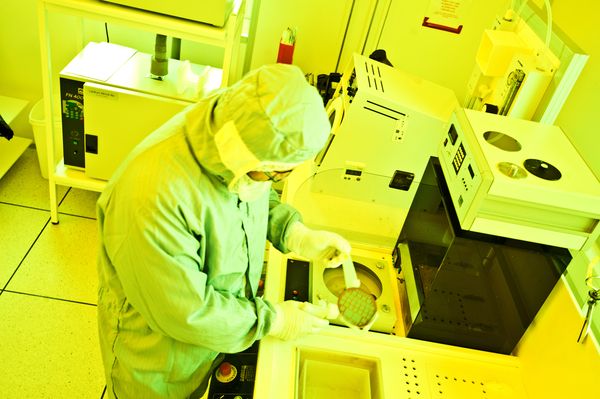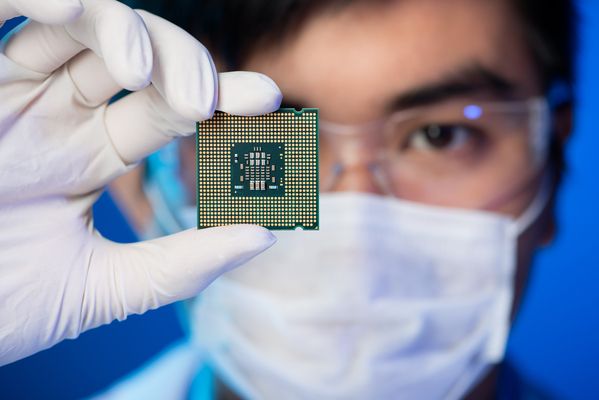Analog Devices (ADI +1.45%) came into 2019 sitting on multiple catalysts spread across several verticals such as automotive, industrial, and communications. But the U.S.-China trade war put the brakes on the company's impressive run.
The addition of Huawei to the U.S. government's Entity List meant that Analog lost the ability to sell its products and technology to the Chinese tech giant, which led it to cut its fiscal 2019 third-quarter guidance. Analog now forecasts its top line will fall nearly by 8% year over year during the current quarter, while its earnings are expected to shrink to $1.22 per share from $1.53 per share a year ago.
But this short-term problem shouldn't blind investors to the 5G opportunities ahead for Analog.

Image Source: Getty Images
Keeping an eye on the bigger prize
Analog Devices' communications business experienced terrific growth last quarter. Revenue from the segment was up 31% year over year, providing nearly a quarter of the company's total revenue. A year ago, the communications segment was supplying just 18%.
Management pointed to that massive surge in communications revenue as the key driver of its impressive second-quarter performance, noting that the results reflect "ADI's higher content and share in 5G." CFO Prashanth Mahendra-Rajah added that Analog's 5G opportunity is still in its early stages, suggesting that the communications business has a lot of room to grow.
It is not surprising that Analog is bullish about 5G, because it sees four times the content opportunity for its technology in those new networks as compared to 4G networks. That's because Analog's solutions will help carriers and data centers to boost data speeds while keeping operating costs in check.
The rollout of 5G networks will lead to an increase in data transfer speeds, create the need for more storage in data centers, and also lead to higher power consumption. As CEO Vincent Roche said on the latest earnings conference call:
By partnering closely with our customers, we're developing highly optimized optical control and power management products that match the smaller form factor required in next-generation optical systems. Importantly, for every 4X increase in speed in an existing network, our control content opportunity increases by more than a third.
The company believes that it can tackle this problem through its 5G-specific radio frequency solutions, which will reduce the complexity of design in next-generation networks. This will allow Analog's customers to reduce power consumption and hold costs down, as cooling and power account for 30% of a data center's total ownership cost.
In short, investors can expect Analog Devices' communications business to get better in the coming quarters and years as the 5G rollout accelerates.
Addressing the elephant in the room
Analog Devices' warning that its business will take a hit due to the sanctions on Huawei shouldn't be a deal-breaker for investors. As Mahendra-Rajah pointed out on the latest conference call, "our largest communication customers only represented mid-single digits or less as a percentage of total ADI sales."
Bloomberg estimates that Huawei accounted for just 3.3% of Analog Devices' total sales. As such, it shouldn't be difficult for the company to absorb the hit delivered by the Trump administration's ban on sales to Huawei as the 5G catalyst gains traction. Moreover, Trump has suggested that some companies could get temporary exemptions to the ban for technology that doesn't present national security concerns. Given that, there's a good chance that Analog will beat its guidance the next time it reports earnings.
So there's no reason for Analog Devices shareholders to panic, because the company's opportunities are outpacing the risks it's facing. Investors need only look past the short-term headwinds and focus on its lucrative 5G market.




